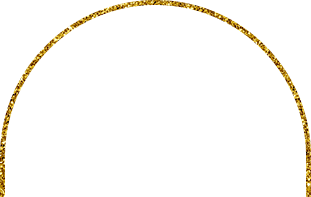How to Test Honey for Purity
Water Test: In this method, pure honey tends to sink to the bottom of a glass of water and remains undissolved, while adulterated honey mixes with water. While effective in most cases, external factors like temperature or the type of honey (e.g., thicker varieties like buckwheat honey may sink slowly) can affect the results. Therefore, this test is not foolproof and should be combined with other methods. Flame Test: This test involves dipping a cotton wick in honey and lighting it. Pure honey burns cleanly, while adulterated honey often creates crackling sounds due to moisture content. While it can be performed safely at home, the flame test is not the most reliable method for detecting all types of adulterants. It might not identify sugars or other common additives. Crystallization Test: Crystallization is a natural process for genuine honey, but some types of honey, such as acacia honey, may not crystallize easily. So, this test alone is not definitive. While crystallization is a sign of purity in many cases, the absence of crystallization does not necessarily indicate adulteration. Certifications: AGMARK or USDA Organic certifications can provide assurance of purity, but not all certified honey is guaranteed to be free from adulteration. Some manufacturers may still use certain legal additives that don’t affect certification standards. It’s still important to verify additional quality indicators like taste and texture. Advanced Lab Tests: For accurate results, consumers can opt for lab tests that detect common adulterants like glucose syrup or added sugars. NMR (Nuclear Magnetic Resonance) or HPLC (High-Performance Liquid Chromatography) are effective techniques used in laboratories to identify adulteration, though these tests are not typically available to the public without specialized equipment. Conclusion: To confirm the purity of honey, a combination of the water test, flame test, and examining certifications can be used. While crystallization may indicate purity, it’s not a definitive test on its own. For conclusive results, lab tests are the most accurate but are not easily accessible to consumers.
Testing honey purity is quite the topic, right? The water test you mentioned is a common household trick. Yes, usually pure honey’s dense and it clings at the bottom of a glass of water without mixing. But let’s not oversimplify—the temperature can indeed alter how fast or slow the honey sinks. Cold honey moves slower, just like when our own bodies get chilly! And some floral varietals might behave differently, so while it’s a good start, it’s not foolproof.
Now, the flame test—ah, I’d be cautious with that one. Sure, it’s said pure honey burns cleanly, but safety first… handling fire at home, even with supervision, can be dicey. Plus, a little moisture from the air could cause the crackling sounds, misleading the results, so I wouldn’t bank too much on this test.
As for crystallization, it’s a classic sign. Many pure honeys will crystallize over time, tell you what, it’s part of their natural charm. Yet, some honeys, like acacia, take their sweet time to solidify—it’s all about the sugars they hold. So again, not a 100% guarantee of purity, but a useful clue.
Labels like AGMARK, USDA Organic—they’re standards intended to assure quality. But hey, there’s always room for human error, right? Can’t entirely rely on these either. It’s kind of like trusting a brand just because it’s big.
For more precise assurance, lab tests are the way to go. NMR (Nuclear Magnetic Resonance) testing can pick up adulterants like glucose syrup or other sugars. Trouble is, not many folks have access to such fancy tech at home.
Anyway, I hope this helps sort through the honey haze a bit. Testing’s tricky but staying roughly aware of these anomalies is a good start. Keep buzzing around—pun intended!







